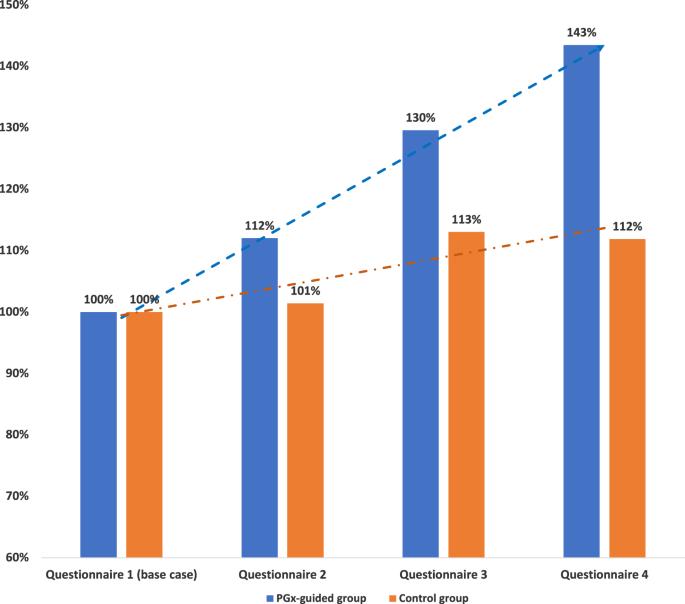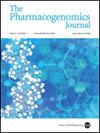Cost-utility analysis of pharmacogenomics-guided tacrolimus treatment of Slovenian patients undergoing kidney transplantation in the U-PGx PREPARE study
IF 2.9
3区 医学
Q2 GENETICS & HEREDITY
引用次数: 0
Abstract
Tacrolimus (TAC) is one of the most widely prescribed maintenance immunosuppressant drugs in solid organ transplantation. Kidney transplantation is often the preferred treatment for patients with the kidney failure and is complemented with TAC treatment. TAC treatment is often associated with adverse drug events, which can be reduced by pharmacogenomic (PGx)-guided prescription. We conducted a cost-utility analysis to assess the cost-effectiveness of PGx-guided TAC treatment versus the conventional scheme in patients who recently underwent kidney transplantation in Slovenia. Clinical data were collected from the PREPARE study. The effectiveness of the treatment was determined by mean survival and utility values and Incremental Cost-Effectiveness Ratio was also calculated. Costs of PGx-guided treatment was comparable to conventional treatment but shared reduced risk for severe ADEs and 43% improved quality of life. PGx-guided arm showed a mean of 0.956 Quality-Adjusted Life Years (QALYs) (95% CI: 0.900–1.014) compared to 0.862 QALYs (95%CI: 0.801–0.918) in the other arm. Probabilistic sensitivity analyses confirmed the results’ robustness. In conclusion, PGx-guided treatment represents a cost-effective option for the TAC treatment of kidney-transplanted patients in the Slovenian healthcare setting.

U-PGx PREPARE研究中药物基因组学指导的他克莫司治疗斯洛文尼亚肾移植患者的成本-效用分析
他克莫司(TAC)是实体器官移植中使用最广泛的维持免疫抑制药物之一。肾移植通常是肾衰竭患者的首选治疗方法,并辅以TAC治疗。TAC治疗通常与药物不良事件相关,可通过药物基因组学(PGx)指导处方减少不良事件。我们对斯洛文尼亚最近接受肾移植的患者进行了成本效用分析,以评估pgx引导的TAC治疗与传统方案的成本效益。临床数据收集自PREPARE研究。通过平均生存期和效用值确定治疗的有效性,并计算增量成本-效果比。pgx引导治疗的费用与常规治疗相当,但严重ade的风险降低,生活质量提高43%。pgx引导组的平均质量调整生命年(QALYs)为0.956 (95%CI: 0.900-1.014),而另一组的QALYs为0.862 (95%CI: 0.801-0.918)。概率敏感性分析证实了结果的稳健性。总之,pgx引导的治疗是斯洛文尼亚医疗机构中肾移植患者TAC治疗的一种经济有效的选择。
本文章由计算机程序翻译,如有差异,请以英文原文为准。
求助全文
约1分钟内获得全文
求助全文
来源期刊

Pharmacogenomics Journal
医学-药学
CiteScore
7.20
自引率
0.00%
发文量
35
审稿时长
6-12 weeks
期刊介绍:
The Pharmacogenomics Journal is a print and electronic journal, which is dedicated to the rapid publication of original research on pharmacogenomics and its clinical applications.
Key areas of coverage include:
Personalized medicine
Effects of genetic variability on drug toxicity and efficacy
Identification and functional characterization of polymorphisms relevant to drug action
Pharmacodynamic and pharmacokinetic variations and drug efficacy
Integration of new developments in the genome project and proteomics into clinical medicine, pharmacology, and therapeutics
Clinical applications of genomic science
Identification of novel genomic targets for drug development
Potential benefits of pharmacogenomics.
 求助内容:
求助内容: 应助结果提醒方式:
应助结果提醒方式:


